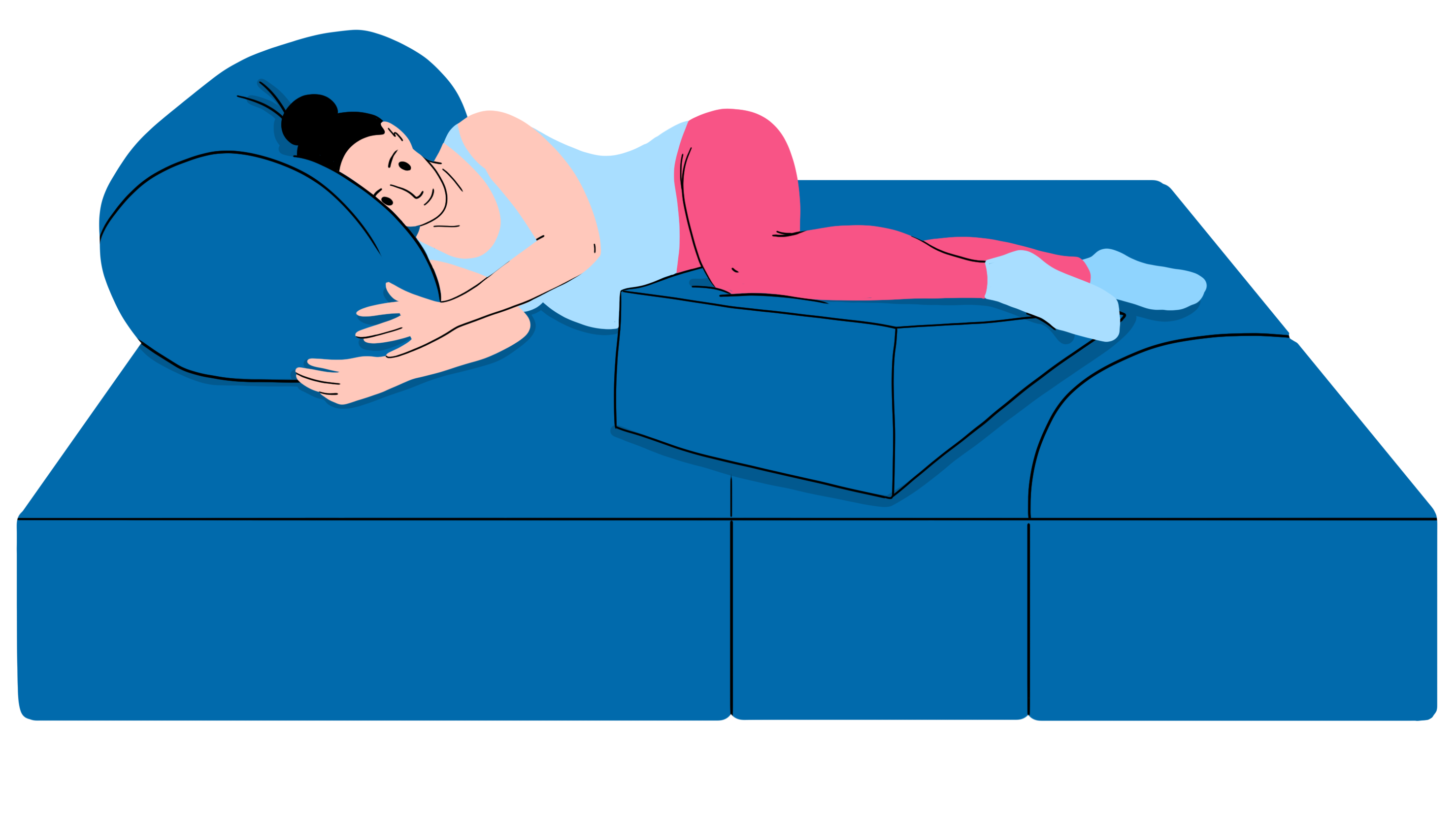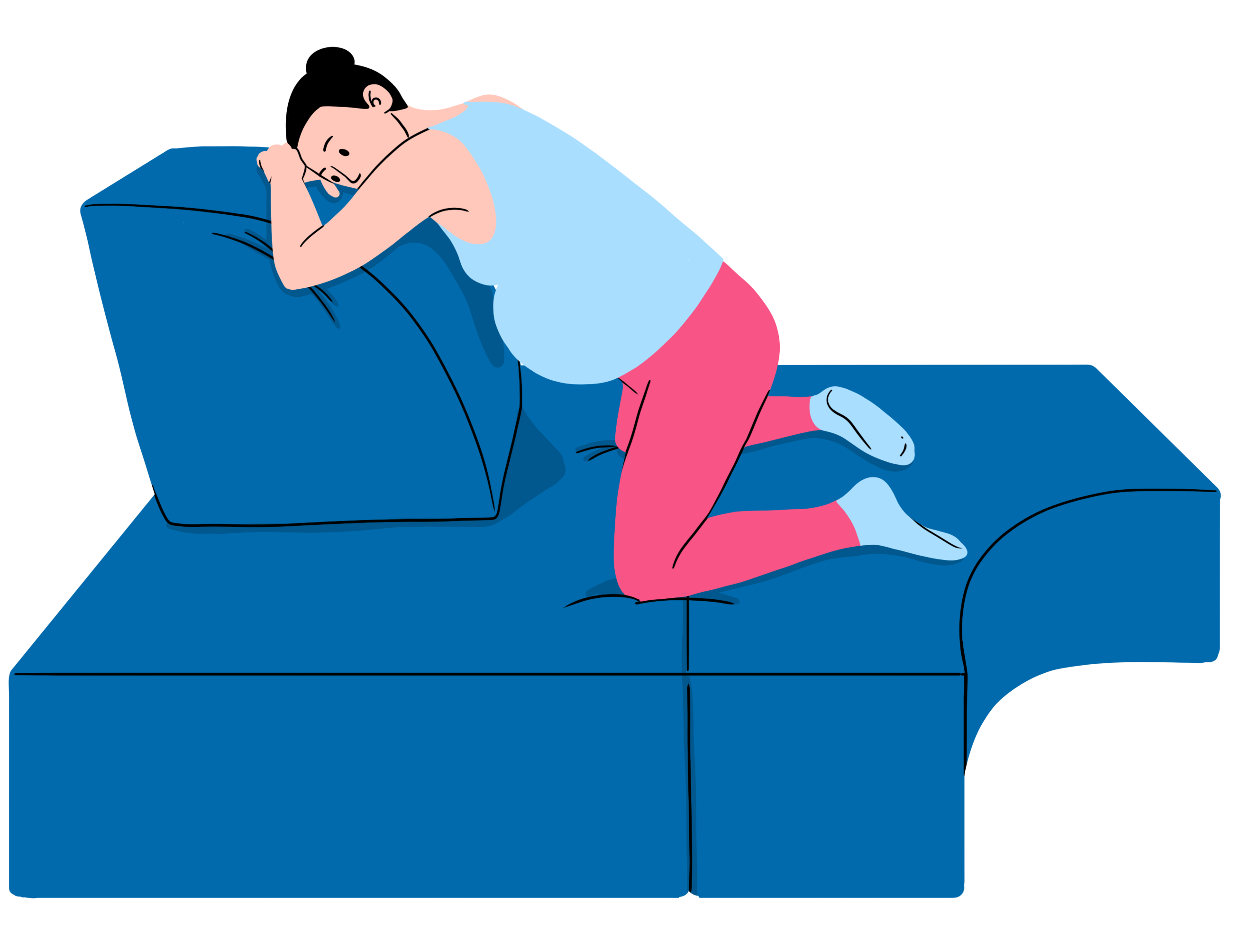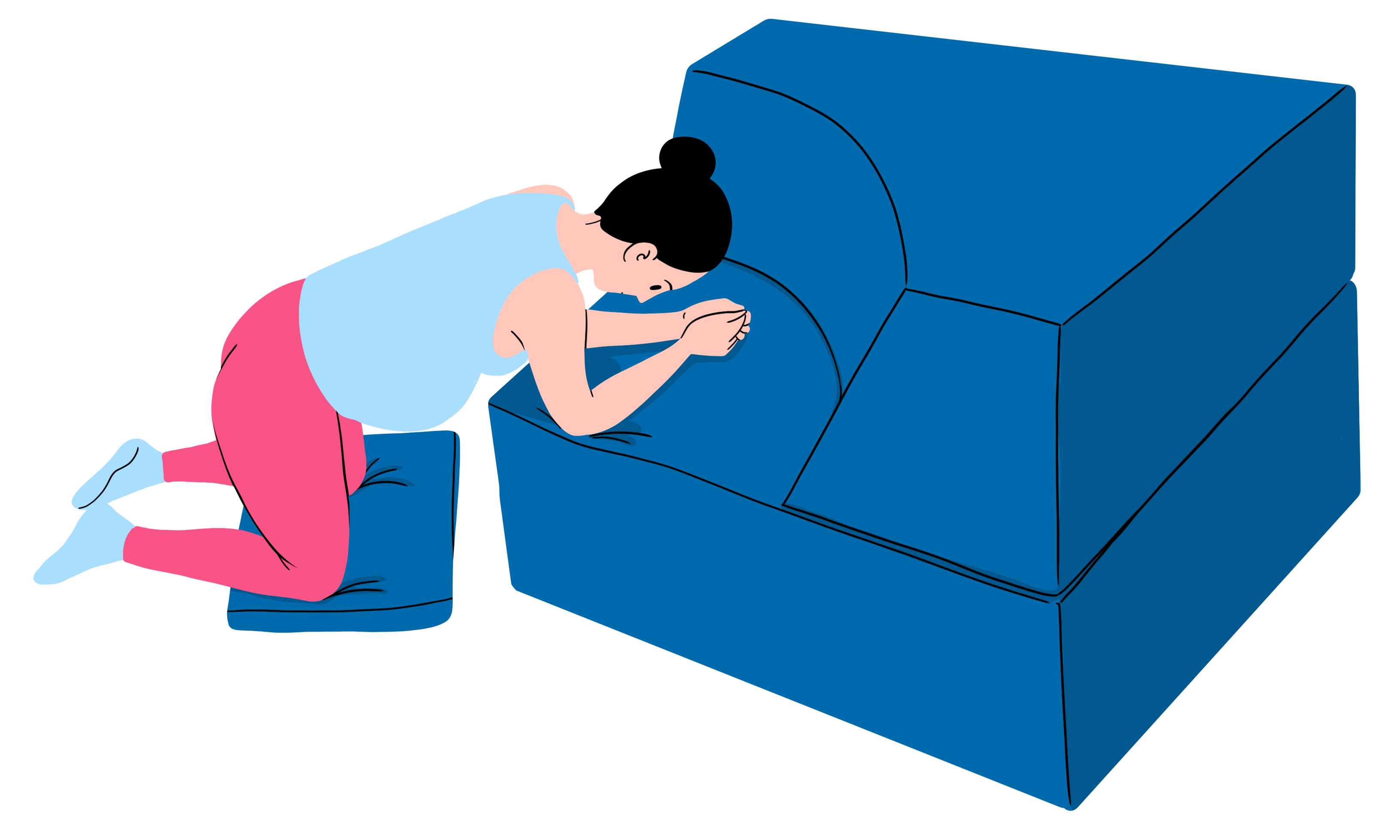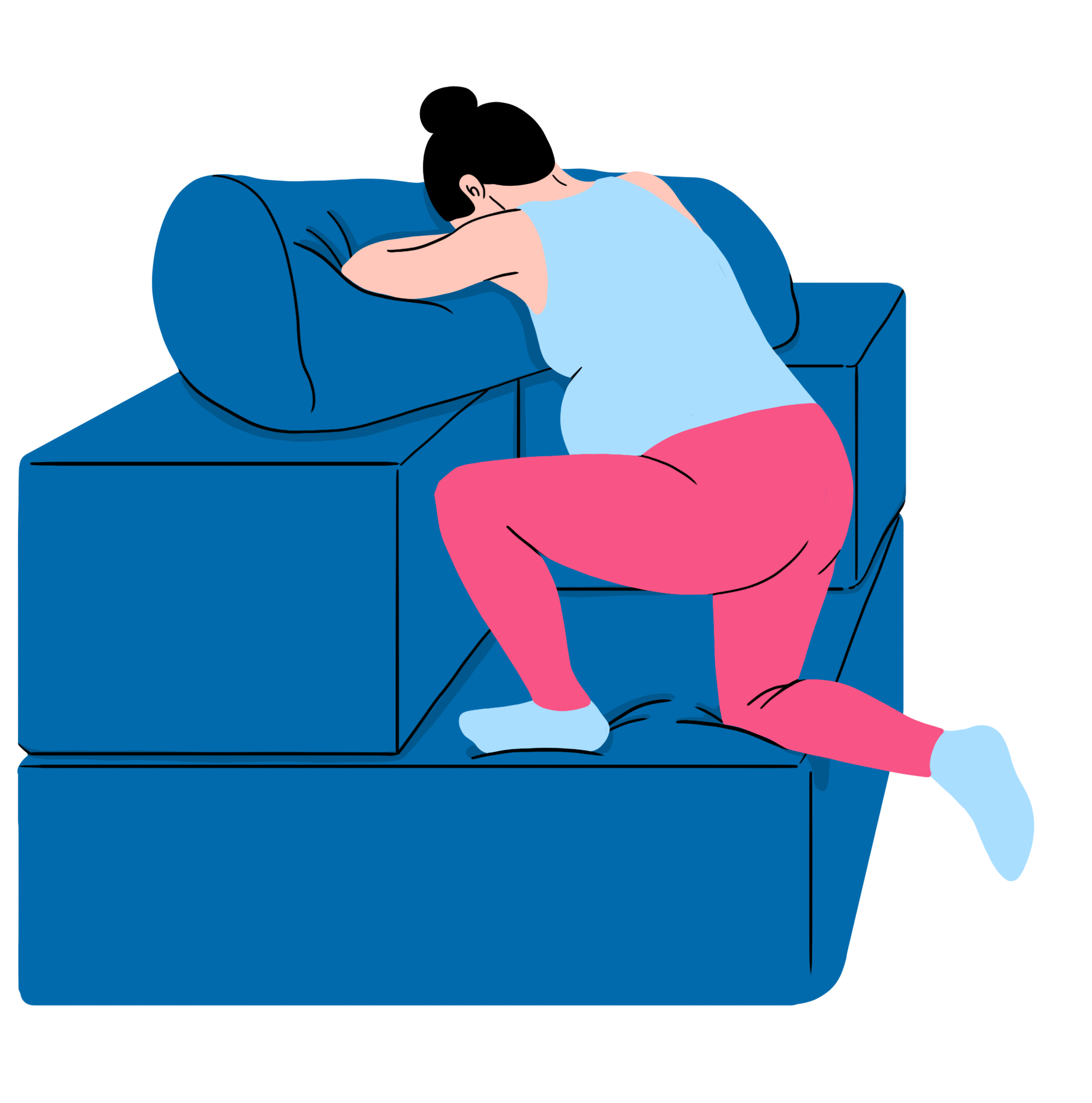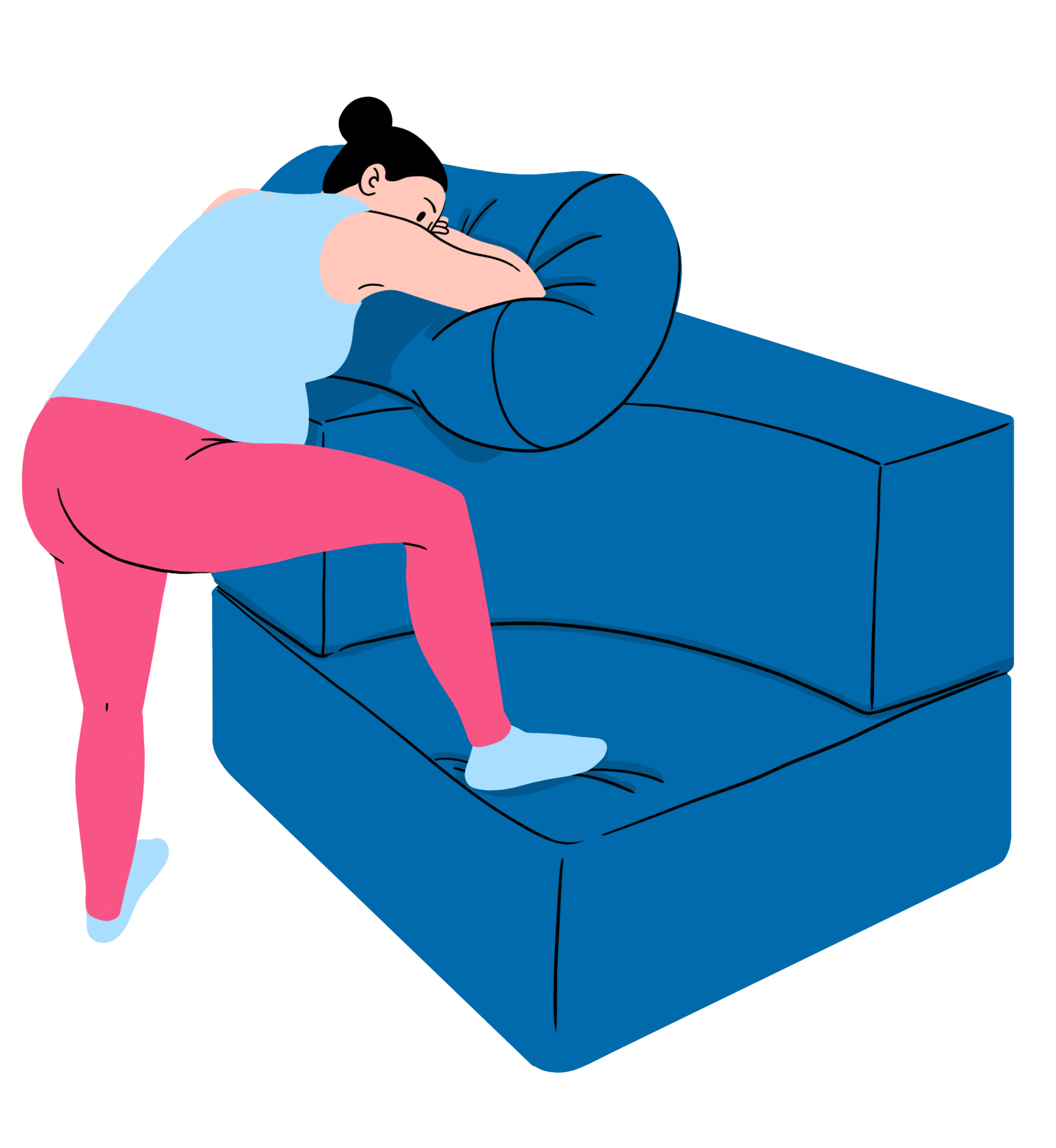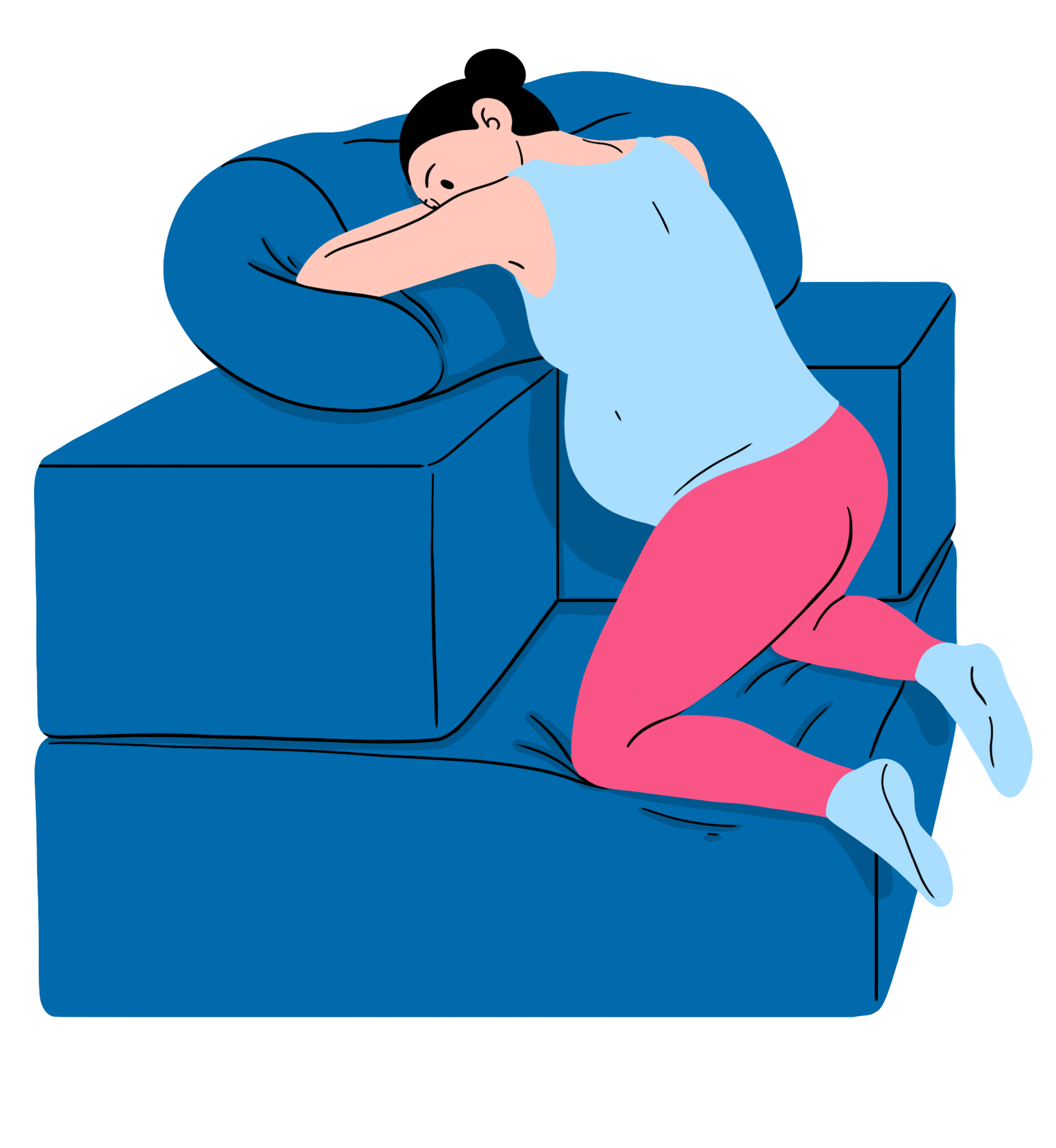
Zkušenosti s 350 porody na porodním gauči v Perinatologickém centru Ostrava
Naše zkušenosti po 8 měsících užívání tří porodních gaučů, na kterých proběhlo už 350 porodů jsou jednoznačně pozitivní. Překvapilo nás, jak snadné bylo nahradit gaučem porodní postel a jak dobře byl personálem i rodičkami přijat.
Mezi jasné výhody patří jeho variabilita, lepší podpora v zaujímání přirozených poloh, aktivnější zapojení rodičky a doprovodu a možnost společného odpočinku po porodu. V některých situacích je gauč pro personál sice méně pohodlný, někdy chybí madlo a k řešení některých stavů někdy musíme občas navézt porodní postel, ale celkově převládá veliká spokojenost.
Přesné statistiky toho, jaké ženy a jak na gauči rodily, uvádíme zde:
Charakteristika žen, dětí a porodů
- 52 % žen rodilo poprvé, 39 % žen podruhé, 7 % potřetí, 2 % počtvrté a více
- Proběhlo 9 porodů dvojčat
- Proběhlo 8 porodů koncem pánevním
- 41 žen (11,7 %) bylo po předchozím císařském řezu
- U 18 % žen byl porod vyvolávaný pro různé zdravotní důvody a u 6% pro odtok plodové vody více než 24 hodin
- 30 % žen využilo v I. době porodní vanu
Poloha žen u porodu a analgetizace
- Nejčastější polohou byla poloha:
98 – na boku (28 %)
91 – na všech čtyřech (26 %)
53 – startovací (15,1 %)
45 – v polosedě (12,8 %)
42 – na zádech (12 %)
18 – dřep (5,2 %)
3 – ve stoje (0,9 %). - Zcela bez anagletizace porodilo 42 % žen, injekční analgetika mělo 28,9 % žen, epidurální analgezii (22 %) a Entonox 7,1 % žen.
Porodní poranění
- Žádné nebo menší poranění hráze (do ruptury I. stupně) mělo 71,1 % žen, epiziotomii (10 %), rupturu II. stupně 17,8 % žen
- vyšší stupeň poranění (st. IIIa,b.) mělo 1,1 % žen
Stav miminek:
- Průměrná váha novorozence byla 3420g (rozmezí 1870 – 4720 g).
- Průměrné Apgar skóre (AS) všech novorozenců bylo: 8.9-9.6-9.9, v 5. minutě mělo AS v rozmezí 4-7 celkem 7 miminek (2%).
Potřeba navezení porodního lůžka:
- U 4 % porodů byla navezena “koza” k řešení komplikace u porodu v II. době porodní (nejčastěji k provedení vakuumextrakce)
- U 6 % porodů byla navezena koza po porodu (pro šití, řešení krvácení, převozu na operační sál k manuální lýze placenty a jiné)
Hodnocení vícerodiček, které měly srovnání porodu na koze a na gauči
- Gauč by znovu upřednostnilo 86 % rodiček.
- Nejčastější připomínky ke gauči – absence úchytů a madel při tlačení v II. době porodní.

Experience with 350 Births on the Birthing Couch at the Perinatology Center Ostrava
Our experience after 8 months of using three birthing couches on which 350 births have already taken place, is overwhelmingly positive. We were surprised at how easy it was to replace the birthing bed with the couch and how well it was received by both the staff and the mothers.
The clear advantages include its versatility, better support for adopting natural birthing positions, more active involvement of the mother and her companion, and the possibility of resting together after the birth. In some situations, the couch is admittedly less comfortable for the staff, sometimes lacking handles, and in certain cases, we still need to bring in the birthing bed. However, overall, there is a great deal of satisfaction.
350 births on the couch (10/2023-6/2024)
- 52 % of the women gave birth for the first time, 39 % for the second time, 7 % for the third time, and 2 % for the fourth time or more.
- There were 9 twin births.
- There were 8 breech deliveries.
- 41 women (11.7 %) had a previous cesarean section.
- 18 % of the births were induced for various medical reasons, and 6 % were induced due to the rupture of membranes for more than 24 hours.
- 30 % of women used the birthing pool during the first stage of labor.
Positions of women during labor and pain management:
- The most common positions were:
98 – on the side (28 %)
91 – on all fours (26 %)
53 – starting position (15.1 %)
45 – semi-sitting position (12.8 %)
42 – on the back (12 %)
18 – squatting (5.2 %)
3 – standing (0.9 %). - 42 % of women gave birth completely without pain relief, 28.9 % used injectable analgetics, 22 % had epidural anesthesia, and 7.1 % used Entonox.
Injuries:
- 71.1 % of women had no or minor perineal injuries (up to first-degree tears), 10 % had an episiotomy, and 17.8 % had second-degree tears.
- Higher-grade tears (grade IIIa, b) occurred in 1.1 % of women.
Condition of newborns:
- The average newborn weight was 3420g (range 1870g – 4720g).
- The average Apgar score for all newborns was 8.9-9.6-9.9, and in the 5th minute, 7 babies (2 %) had an Apgar score between 4-7.
Need for the birthing bed:
- In 4 % of births, the „birthing bed“ was used to manage complications during the second stage of labor (most often for vacuum extraction).
- In 6 % of births, the bed was used after delivery (for suturing, managing bleeding, or transferring the mother to the operating room for manual placenta removal, among other reasons).
Feedback from mothers who had experience with both the bed and the couch:
- 86 % of mothers would prefer the couch again.
- The most frequent feedback about the couch was the absence of handles or grips for pushing during the second stage of labor.


